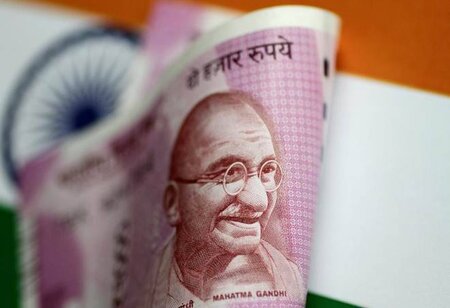Adverse Economic impact of 2nd wave has peaked, states UBS
 The second wave of Covid-19 in India appears to have peaked, as the daily new case count and positivity rate have fallen over the past few days, according to Tanvee Gupta Jain, who is an economist, UBS. The UBS-India Activity Indicator slipped further to 78.6 during the week ended May 23, the slowest weekly decline since end-March. The indicator suggests that economic activity contracted by an average of 14% month-on-month (m-o-m) from May to date after declining 7% m-o-m in April 2021.
The second wave of Covid-19 in India appears to have peaked, as the daily new case count and positivity rate have fallen over the past few days, according to Tanvee Gupta Jain, who is an economist, UBS. The UBS-India Activity Indicator slipped further to 78.6 during the week ended May 23, the slowest weekly decline since end-March. The indicator suggests that economic activity contracted by an average of 14% month-on-month (m-o-m) from May to date after declining 7% m-o-m in April 2021.
“Our activity indicator has a reasonably high correlation with real gross domestic product (GDP) growth and is a good lead indicator of sequential growth momentum. The adverse impact on sequential growth is less severe than in the June 2020 quarter, as lockdowns are more targeted and localized and households and businesses have adjusted to the new normal,” Jain said in a report on May 27.
The UBS-India Activity Indicator tracks ultra-high frequency data available on weekly/daily basis to assess how economic activity is evolving on the ground.
The data shows traffic congestion is close to 20% compared to the 2021 baseline on lockdown measures. However, the statewise trend indicates improvement in cities, including Mumbai and Pune. Power demand has continued to contract, but the decline in railway freight seems to have plateaued, while vehicle registrations have started improving sequentially. There has been improvement in railway passenger traffic and toll road revenue collection, according to UBS data.
The labour force participation rate has slowed to 39% and urban unemployment has spiked to a 12-month high of 17.4%. Demand for work by households under the Mahatma Gandhi National Rural Employment Guarantee Act rose sharply, suggesting rural distress and reverse migration of urban poor to villages. A few states such as Rajasthan and Karnataka have indicated work under rural development projects will restart, Jain said.




